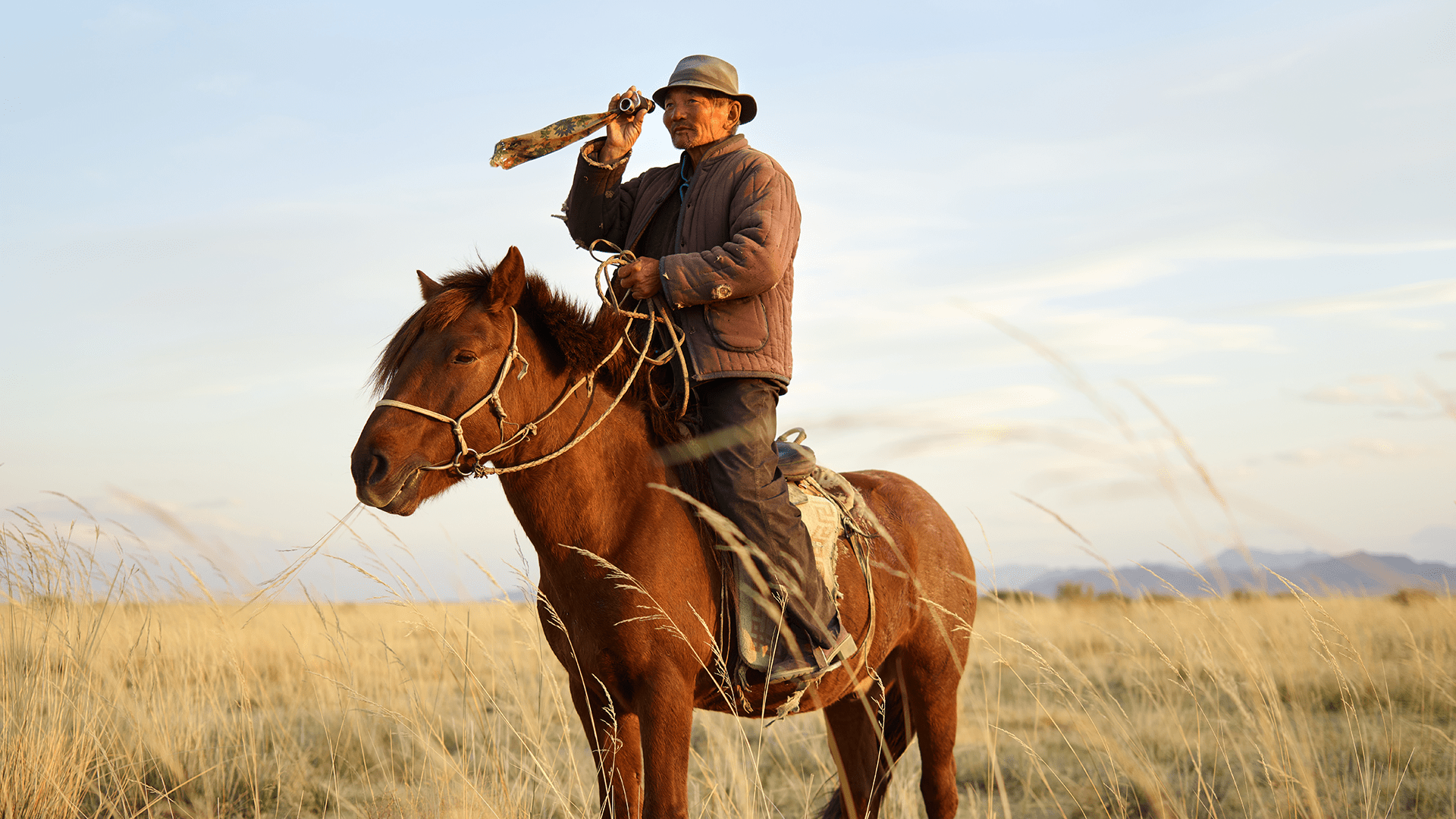How to Select a Monocular

Are you looking for a lightweight and durable optical device to help you see distant objects with greater clarity? Monoculars can offer an ideal solution for those who need something compact and light. Whether you are researching wildlife from a vantage point, viewing celestial bodies in the night sky, or trying to get a better look at landmarks from far away, selecting the right monocular is key to making sure that your experience is reliable and successful. Read on to learn more about what questions to ask when choosing the best monocular for your needs!
What is a monocular and what are its benefits over binoculars or telescopes?
A monocular is a single optical device that functions like half of a pair of binoculars. It has one objective lens and one eyepiece, and it uses the same technology as binoculars to magnify distant objects. Monoculars are lightweight and easy to carry, making them ideal for hikers, campers, hunters, or anyone else who needs an optical device in a small package. They also provide more detail than telescopes at much lower prices.
How do you select the right monocular for your needs and budget?
When selecting a monocular there are several factors to take into account: magnification power, size and weight, the field of view (FOV), eye relief, lens coating quality, and waterproofing. Look for a monocular that provides the right magnification power for your needs, has an acceptable weight and size, and offers good optics. Try to avoid buying cheap monoculars as they often do not provide good image quality or reliability.
What features should you look for when purchasing a monocular, and what are some things to avoid?
When selecting a monocular it’s important to consider the magnification power (usually between 8x-12x), the field of view (FOV), eye relief (distance from the eyepiece to your face), lens coating quality, waterproofing, and overall durability of the device. Larger objective lenses are usually preferred because they let in more light which can result in better image quality. Look for lenses that are fully multicoated with anti-reflective coatings to reduce glare and improve light transmission. Make sure that the monocular has a wide FOV (field of view) so you can easily find and acquire targets quickly. And finally, make sure it is waterproof and shockproof so it will stand up to the elements.
How do you use a monocular correctly, and what are some of the most common mistakes people make when using them?
When using a monocular, it’s important to first adjust the eyepiece to your individual vision needs by rotating it until you have maximum clarity. Then scan slowly across whatever object or scene you are trying to observe to take it all in. Moving too quickly can make it difficult to focus and observe the details of a scene. When focusing, also move slowly and incrementally until you achieve optimal clarity. And never forget to wear eye protection when using a monocular—sunlight can be very bright when magnified.
Where can you find the best deals on monoculars, and how do you know if you’re getting a good deal or not?
When shopping for a monocular, always read reviews and compare prices at multiple retailers to get the best value for your money. Look for reputable brands that offer warranties and have customer service teams that are willing to answer any questions you may have about their products. Also, check online stores like Amazon or eBay for discounts or used monoculars that may be available at a lower price. By doing your research and comparing prices, you can find the best deal on a quality monocular that will last for years to come.
What maintenance tips should you follow to ensure your monocular stays in good condition?
To keep your monocular in good condition it’s important to maintain it regularly. Clean the lenses with lens wipes or an air-duster, and store your monocular in an appropriate case when not in use to protect it from dust and moisture. Make sure to inspect the seals regularly to make sure they are still intact, and check that all screws are tightly secured so nothing is loose. It’s also important to check the battery compartment and replace any worn-out batteries as needed. Finally, always follow the manufacturer’s instructions for cleaning, storage, and maintenance of your monocular to ensure it stays in good condition.
What are some other uses for a monocular beyond viewing distant objects?
A monocular can be used for more than just viewing distant objects—it can be a great tool for bird watching or wildlife observation, hunting or scouting activities, surveillance work, stargazing, and photography. Monoculars can also be used to create an improvised telescope by attaching two or more to increase the magnification power. And they are a great tool for nighttime navigation since they are small, lightweight, and easy to carry. The possibilities of what you can do with a monocular depend on your imagination!
What other products are similar to a monocular, and how do they compare?
Products that are similar to monoculars include binoculars and spotting scopes. Binoculars typically have greater magnifications than most monoculars (up to 20x) but lack features such as FOV adjustment or waterproofing that some high-end monoculars have. Spotting scopes have the greatest magnification of the three (up to 60x) but are bulky and more expensive. So when deciding which one is right for you, it depends on the specific task and budget you have in mind.
